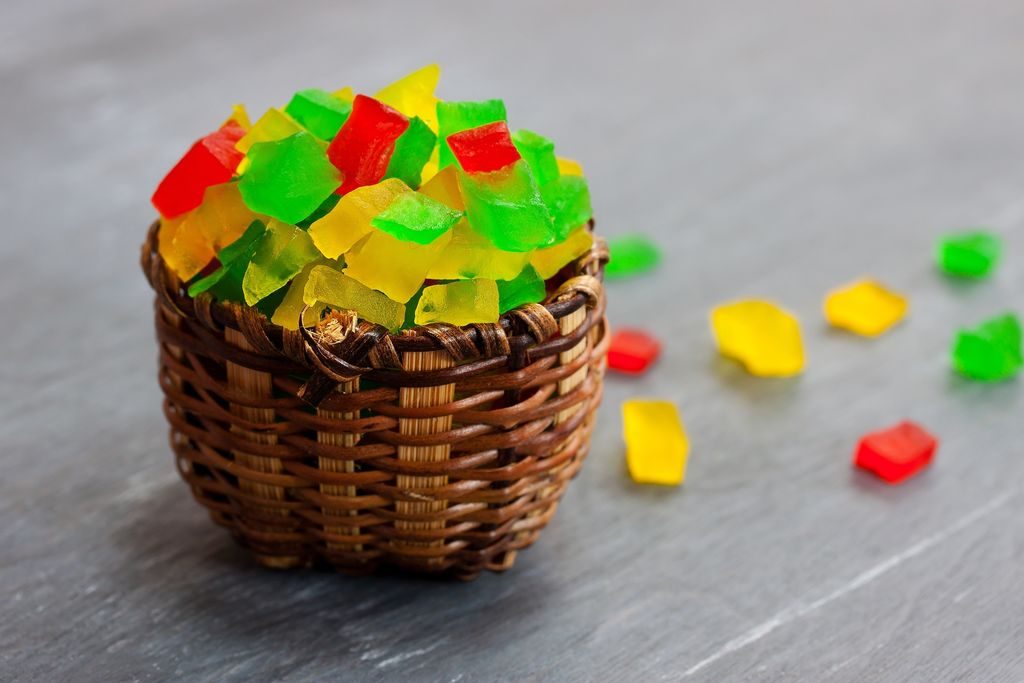Mixed peel
The mixed peel boosts the flavour of many traditional desserts, from the Christmas cake to the fruitcake and puddings.

Mixed peel is usually candied lemon and orange peel, but also fruit, roots and edible flowers, which undergo a process known as candying. This operation, when cold, allows you to reduce the level of water present in the fruit and increase that of sugar: the nutritional properties of the result obtained decrease but the conservation lengthens considerably, and the flavor inevitably becomes sweeter.
The mixed peel are used in many sweet recipes: both for typical preparations such as puddings and Christmas cake, for decorating cakes and ice cream or to add a sweet note to yogurt. The candying takes place both industrially and handcrafted, in the latter case it is possible to find authentic mixed peel and flowers in the markets and fairs but also to prepare them at home by subjecting them to several syrup baths.
These are the most common categories of mixed peel:
- candied fruit: citrus fruits (in particular orange, cedar and lemon peel), cherries, chestnuts (marron glacè belong to this category), peaches, mangoes, papaya;
- candied roots: ginger;
- candied flowers: roses, violets, mimosas.
Nutritional values of mixed peel
The calories content of the mixed peel varies according to the ingredient that composes them, but is generally very high due to the sugar and syrup used for processing. On average, 100 grams of candied fruit contain about 322 kcal (going up to 390 kcal belonging to 100 grams of marron glacè).




